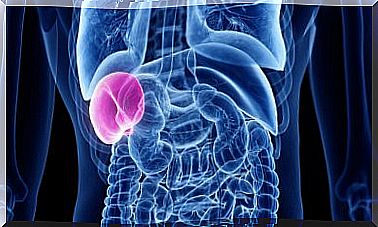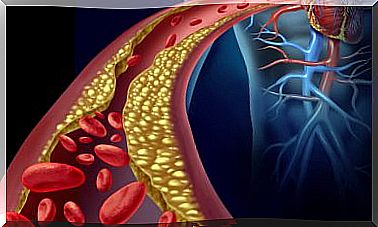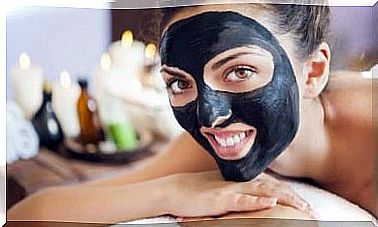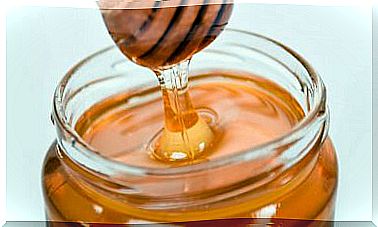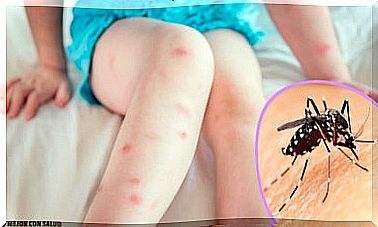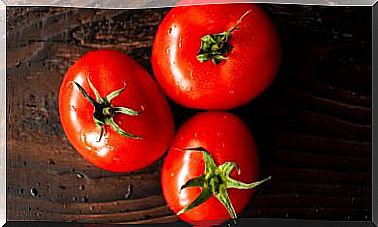Natural Remedies For Minor Burns
When you forgot that the pot or pan was on fire and you feel that lash of heat in your hand or forearm, you may place your arm under the cold water as soon as possible and wonder if you could resort to any of the remedies natural for minor burns proposed by popular wisdom.
According to Mayo Clinic experts, ” most minor burns can be treated at home, ” adding that they usually heal within a couple of weeks.
Brief overview of the types of burns
There are different types of burns (first, second and third degree), but the most common are usually quite mild and therefore minor. The latter are the ones that can be treated at home with some very simple measures and some home remedies.
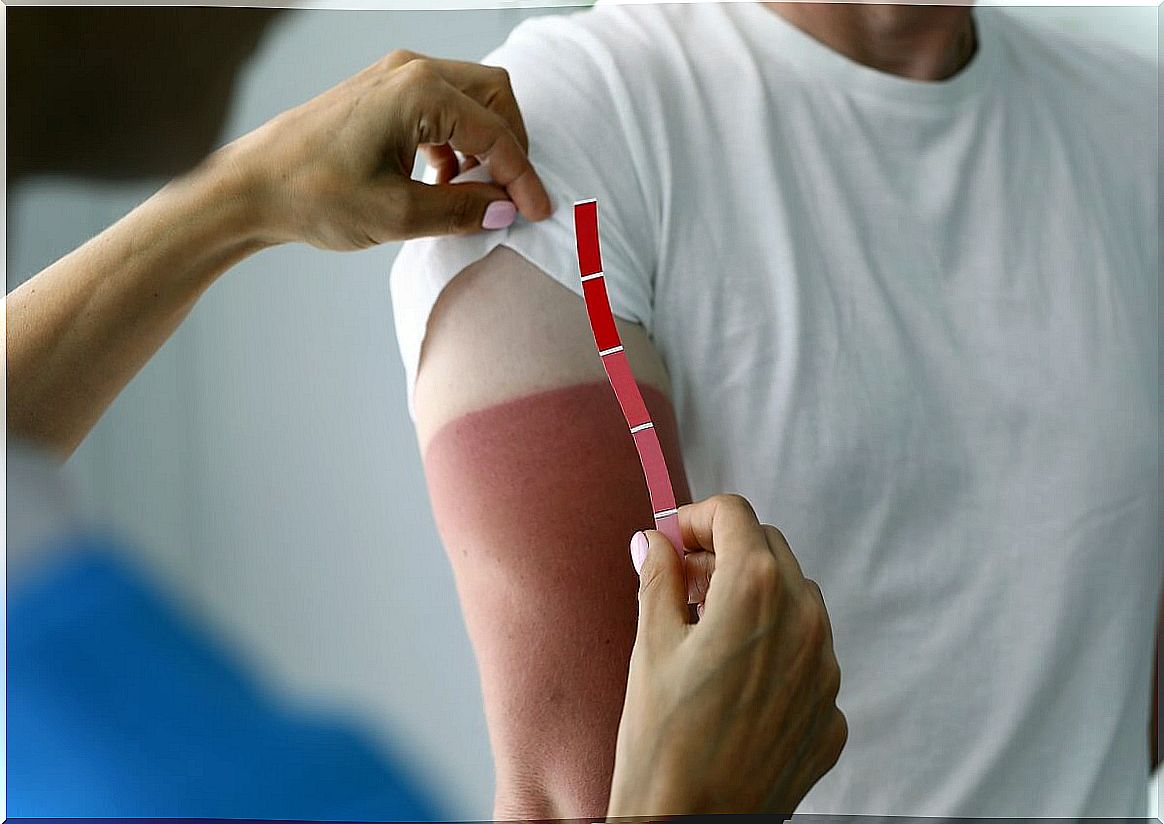
There are different types of burns depending on their severity:
- 1st degree or epidermal burn: affects the outer layer of the skin or epidermis, the area reddens but no blisters form. It typically appears from contact with thermal agents or too much exposure to the sun. In this case, small blisters, redness, dryness, peeling, burning and moderate inflammation are observed. It can usually be relieved with natural remedies.
- 2nd degree burn: they can be superficial or deep depending on the degree of involvement. In the second case, not only the epidermis and dermis are damaged, but also sweat and sebaceous glands. The skin may be lost or charred, and large blisters appear.
- 3rd degree burn: the inner layers of the skin are destroyed, damaging nerves and blood vessels and cell regeneration is compromised. It is typical of large fires, electric shocks, and explosions. Generally, patients manifest loss of sensation in the affected area, and the skin scorches, opens, and necrosis may occur.
- 4th degree burn: There is damage to muscles and bones. It usually occurs in extremely cold environments, due to freezing. It causes loss of tissues and affectations in the extremities.
Then, depending on the causative agent, a burn can be classified in different ways:
- Thermals. Skin contact with fire, hot liquids and surfaces or at very low temperatures, causes burns of varying degrees and even death. They are the most common injuries.
- Solar. They are produced by excessive exposure to the sun’s rays, especially during the period of greatest intensity (from 10:00 a.m. to 4:00 p.m.). Although melanin is a pigment that protects the skin, ultraviolet rays can exceed its protective capacity and cause first and second degree burns and even the eyes. Fair-skinned people have less melanin and are therefore more susceptible to this factor. When faced with a sunburn, your doctor may recommend photo tests. If your skin reacts to UV radiation, you are considered to be sensitive to sunlight.
- Chemicals. Bathroom cleaners, fertilizers, paints, and construction or laboratory materials put us in contact with chemicals that can affect our skin and mucous membranes. Among the most dangerous are hydrochloric acid, sulfuric acid, caustic soda, quicklime, and cement. In case of burns with these products, you should go immediately to the emergency room, since they affect all the layers of the skin.
- Electrical They can be caused by electric shocks, short circuits and by applying electroshocks without the necessary gel. Third-degree burns, cardiac arrest, or death usually occur. They need the right treatment for the patient to get better. There are numerous products that can be used to alleviate these injuries. However, it is very important to first determine the agent that caused the burn, the degree of damage, and what would be the most effective method of treating it.
What should we do when we suffer a minor burn?
First, we must wash the area with plenty of cold water or leave it submerged in it to prevent damage to the internal tissue. In addition, it is recommended that we drink a lot of water, since hydration is vital to help the tissues improve.
After we have removed the area from the jet of cold water, we can carefully dry the area and apply a moisturizer or a little aloe vera gel.
Natural remedies for minor burns
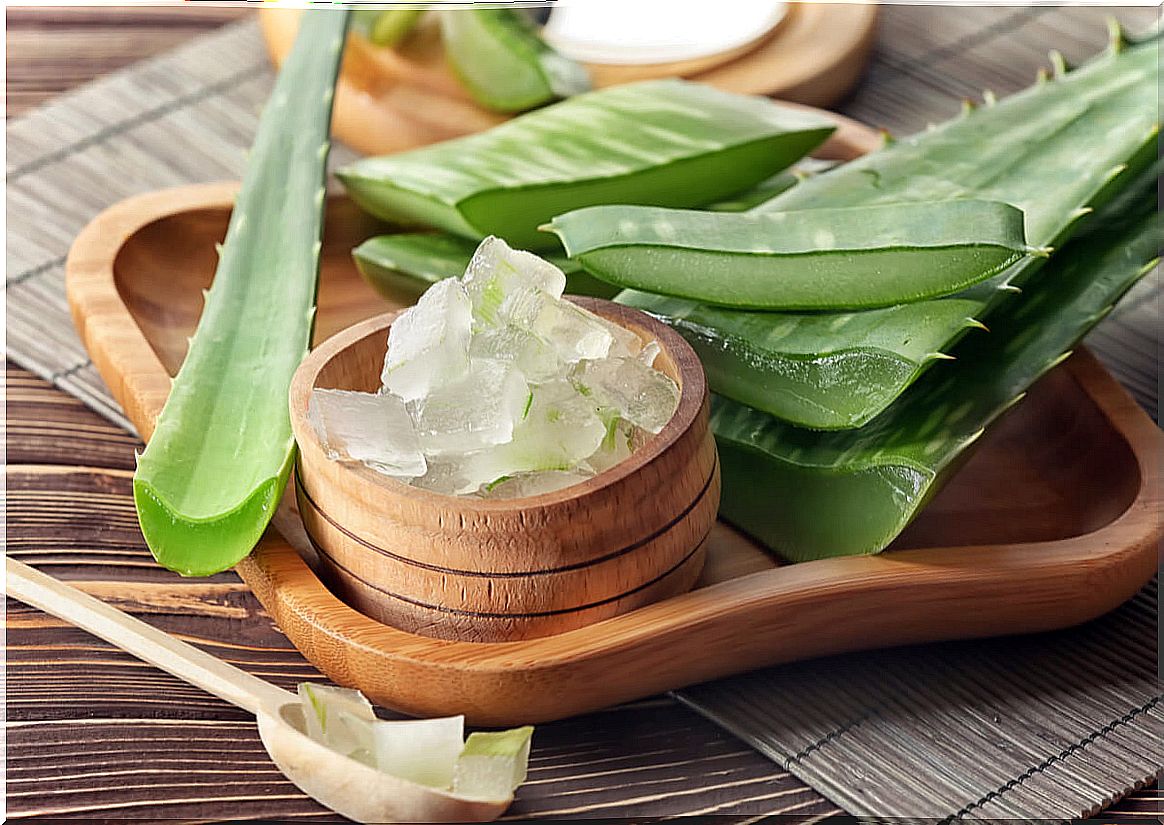
In case of suffering a minor burn, to obtain relief and refresh the area, we can apply the following elements ─as a compress::
- Aloe vera gel: this is the natural remedy par excellence for minor burns that also facilitates healing. One of the most popular recipes for burns is the one that includes aloe vera. Cut a piece of leaf from this plant and apply the pulp directly to the skin.
- Arnica: Arnica ointments often help soothe the discomfort of minor burns. Place it in the refrigerator so that when applied it is fresh and the relief is greater.
- Chamomile: prepare the infusion and put it to cool in the freezer. Once it’s cool enough, you can gently spray it onto your skin as a kind of soothing toner. You can also use it to make a homemade compress.
Even if it is a small burn, we must pay attention to the details as it evolves. If after 10 or 15 days it still looks bad, reddens or presents a blister with dark liquid, it is necessary to consult a specialist.
One of the most common mistakes is to burst the blisters that form after burning because we believe that this way we will heal sooner. However, this is totally contraindicated.
This blister that forms is a kind of sterile “shield” that the body develops to keep the injured region out of the reach of bacteria. If we accidentally or intentionally open the blister, it can become infected. To avoid this, clean with water and neutral soap and apply some natural ointment for burns.
